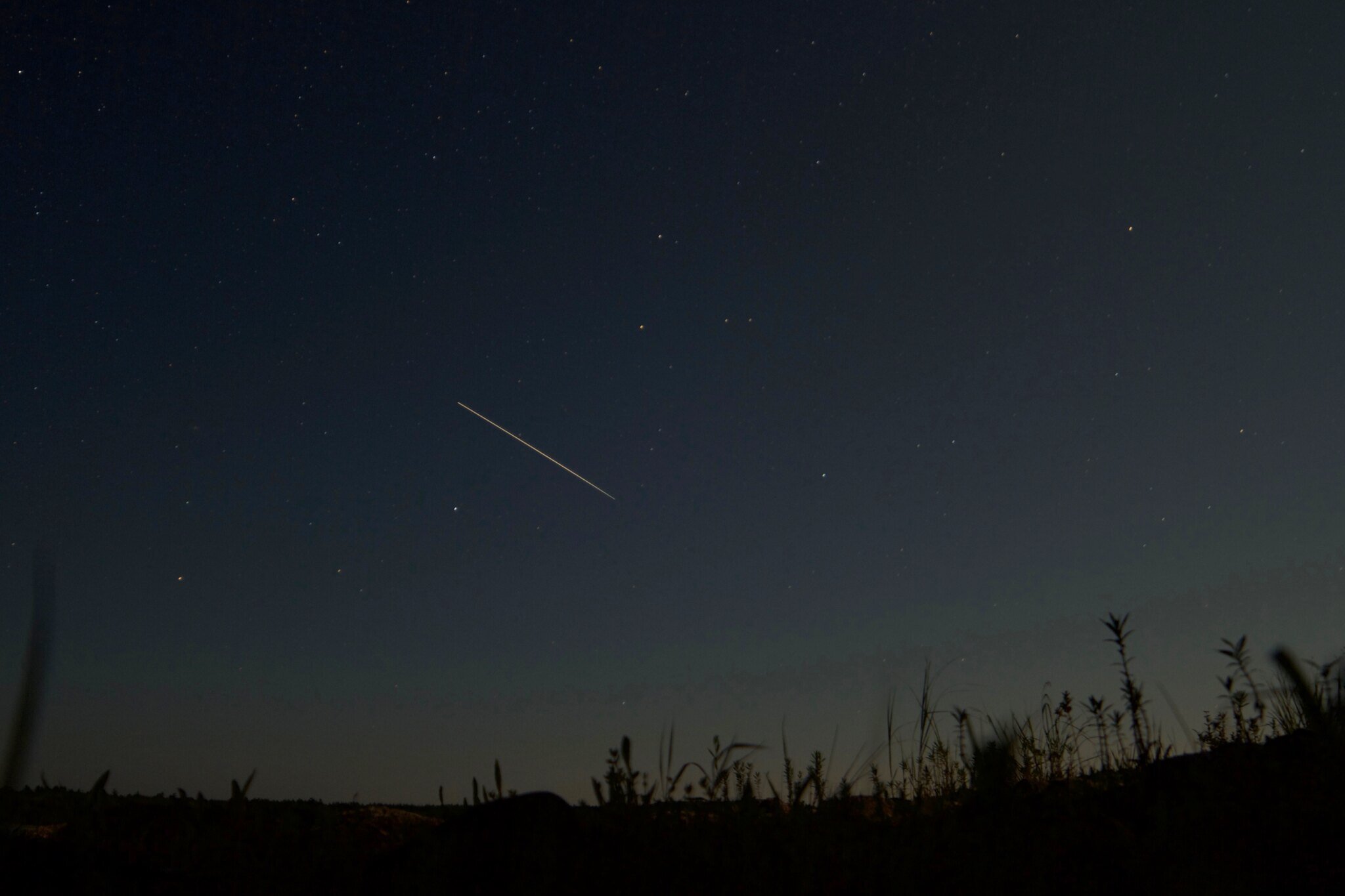Starry, starry night
/Starry, starry night,
Flaming flowers that brightly blaze,
Swirling clouds in violet haze,
Reflect in Vincent's eyes of china blue.
Vincent (Starry, Starry Night) - Don McLean
THE SUBJECT of the painting that inspired this pretty song can be seen in the east in our October skies.
But you may have to look hard for tiny Aries, the constellation that is seen with the crescent moon and Venus in Vincent van Gogh's painting Starry Night.
The Ram's three brightest stars are not that bright - they are arranged in a "broken stick" pattern that would easily escape the eye if the group weren't located in a barren patch of sky.
Van Gogh painted Starry Night in June 1889 at the Saint-Remy asylum, where he had himself committed after the famous breakdown that saw him cut off part of his left ear.
There's a fascinating side-by-side comparison of the painting and the constellation at http://www.vggallery.com/forum/forum_18a.htm.
It's not known why van Gogh chose this obscure constellation for his subject, although the online van Gogh gallery notes that Aries was the painter's astrological sign.
The constellation aries. - john mcphee
Turn a pair of binoculars or a telescope on Aries and the constellation becomes much more interesting. It's small enough that the three brightest stars will fit into the field of a 7 x 35 pair.
There are pleasing sprinklings of fainter stars surrounding the trio, particularly near the easternmost star, which forms a neat little triangle with two fainter stars in binoculars. If you like doubles, aim your telescope just below the westernmost star, the dimmest of the three, and you'll be rewarded with a tight pair of very similar stars.
If city lights make it difficult to find Aries, you'll likely have to seek darker skies to find the other inconspicuous trio in this region, Triangulum. Like Aries, this group will fit into view through wide-field binoculars.
When you try to pick out fainter constellations like these, you're putting a lot of things to the test, such as figuring out the faintest stars you can see in your area (the fancy term being limiting magnitude) and also how 'good' the atmosphere is that night (astronomers call this seeing). It also demonstrates how our eyes adapt to the dark.
The international space station moves through the constellation andromeda. - john mcphee
For instance, on a September night way back when during a break at work, I was three storeys above the street lights of downtown Halifax. It was a steady, clear night with low humidity - great conditions for stargazing. At first, I could see only the brightest star in Aries, nothing of Triangulum. But 10 minutes later, I could easily see the two brighter stars in Aries, with more difficulty its dimmest star, and all of Triangulum.
When I'm in the country, no dark adaptation is needed on this kind of night. Even faint constellations pop into view away from the scourge of light pollution.
Another thing about spotting fainter constellations - wait until they become higher in the sky, away from horizon glow and the air currents of the lower atmosphere. Spare your neck and do your high-sky gazing in a lounge chair with a blanket and maybe a warmed-up Magic Bag on these cooler nights.
The other faint constellations this month, Andromeda and Pegasus, couldn't be more different than the diminutive Aries and Triangulum. From Andromeda in the northeast to the western-stretching wings of the horse Pegasus, they take up a huge part of the sky.
The big square that makes up the body of the Pegasus starts to push the Summer Triangle off centre stage at the zenith in October. As geometrical contests go, there's none between the blazing trio of the triangle and the shy foursome that make up the Great Square.
- @ Simulation curriculum Corp
But there are treasures hiding in that unassuming eastern sky.
Look above the middle star of the three that stretch out from the Square to find the Andromeda Galaxy, or M31. (Astrophotographer extraordinaire Blair MacDonald of Halifax made this amazing shot). I can make out M31 in darker suburban skies with the naked eye, and on very good nights, I can spot this patch of fuzzy light in binoculars from Halifax.
It's a wonder to behold in my telescope at home - although if somebody new to astronomy looked in the eyepiece they might wonder what the fuss is about. Well, the thing is, the light from this fuzzy glow first started its journey toward our eyes two million years ago. Andromeda, somewhat bigger but quite similar to our own spiral galaxy, the Milky Way, is the most distant object we can see with the naked eye.



